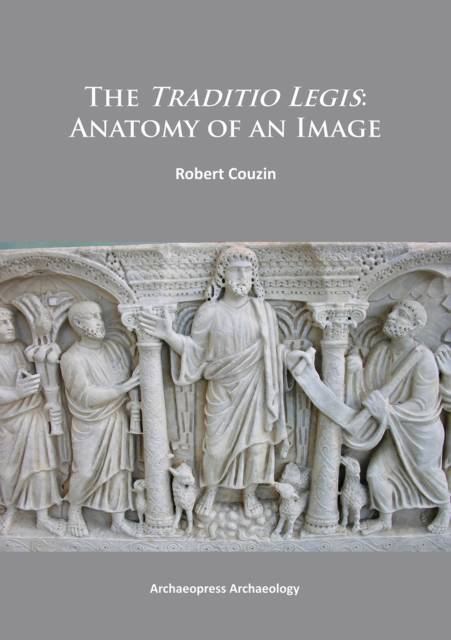
- Afhalen na 1 uur in een winkel met voorraad
- Gratis thuislevering in België vanaf € 30
- Ruim aanbod met 7 miljoen producten
- Afhalen na 1 uur in een winkel met voorraad
- Gratis thuislevering in België vanaf € 30
- Ruim aanbod met 7 miljoen producten
Zoeken
Omschrijving
The bearded and mature figure of Christ stands majestically raising his right hand, open palm facing the viewer. In his left he holds an unfurled scroll. Saints Peter and Paul appear on either side, Peter approaching to catch or protect the dangling bookroll. This image, the so-called traditio legis, first appeared in late fourthcentury Rome in a variety of media, from the monumental to the miniature, including mosaic, catacomb painting, gold-glass and, the most numerous group, marble relief carving on sarcophagi. This monograph engages in a close reading of the traditio legis, highlighting its novelty and complexity to early Christian viewers. The image is analyzed as a conflation of two distinct forms of representation, each constructed of unusual and potentially multivalent elements. Iconographical details like the hirsute Christ, his gesture, Peter's covered hands and the unorthodox positioning of the two saints are examined in isolation and as elements of the whole. The synthetic composition invited alternative and over-determined meanings.
Specificaties
Betrokkenen
- Auteur(s):
- Uitgeverij:
Inhoud
- Aantal bladzijden:
- 146
- Taal:
- Engels
Eigenschappen
- Productcode (EAN):
- 9781784910815
- Verschijningsdatum:
- 30/04/2015
- Uitvoering:
- Paperback
- Formaat:
- Trade paperback (VS)
- Afmetingen:
- 211 mm x 297 mm
- Gewicht:
- 584 g

Alleen bij Standaard Boekhandel
+ 78 punten op je klantenkaart van Standaard Boekhandel
Beoordelingen
We publiceren alleen reviews die voldoen aan de voorwaarden voor reviews. Bekijk onze voorwaarden voor reviews.








